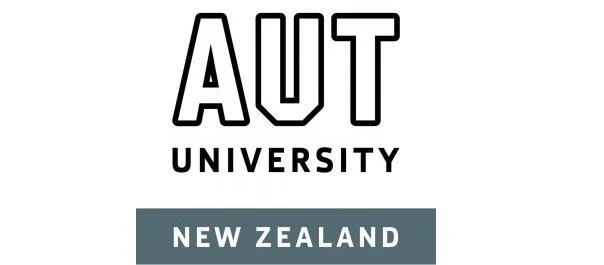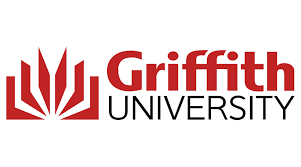Applications
Walking Training
Perform real-time walking training to reduce joint loading, correct asymmetry, increase walking stability, or improve neurological gait deficits. Example applications include knee osteoarthritis, stroke rehabilitation, Parkinson's disease, and cerebral palsy.
Balance Training
Perform real-time balance training to improve standing balance, augment balance disorders, or assess feedback performance during dual-task activities. Example applications include vestibular loss, cognitive impairment, spastic diplegia, and autism.
Running Training
Perform real-time running training to reduce injury risk, improve running economy, or increase performance. Example applications include high school, collegiate, recreational, and professional running.
Drop Landing Training
Perform real-time drop landing training to reduce ACL injury risk, increase performance, or improve jump and landing motor control. Example applications include adolescent, high school, collegiate, and recreational athletics.
Upper Extremity Training
Perform real-time upper extremity training to enhance rehabilitation, augment sensory deficits, or facilitate post-surgery recovery. Example applications include stroke rehabilitation, cerebral palsy, and upper extremity functional restoration after surgery.
Your Novel Movement Training Idea
Each SageMotion system can be customized for your specific application. We can help customize your system or support you to develop your own customization.
Who Uses SageMotion?
Why SageMotion?
Haptic biofeedback training naturally guides new movements for a wide range of impacting medical and athletic applications including to:
reduce joint loading
correct asymmetry
increase walking stability
improve neurological gait deficits
reduce injury risk
improve running economy
improve standing balance
augment balance disorders
reduce ACL injury risk
enhance rehabilitation
augment sensory deficits
facilitate post-surgery recovery
Open data & algorithms allows you access all raw and processed data directly and to understand how movement angles are calculated and how feedback cues are initiated. Open algorithm code is in python, the most widely used and highly recommended programming language in the world for developing advanced algorithms, so you can even create and implement your own movement training code!
Customization opens the possibility of an unlimited application space. Place haptic feedback/sensing nodes in any configuration across the body to measure and train the wide array of human movements.


































